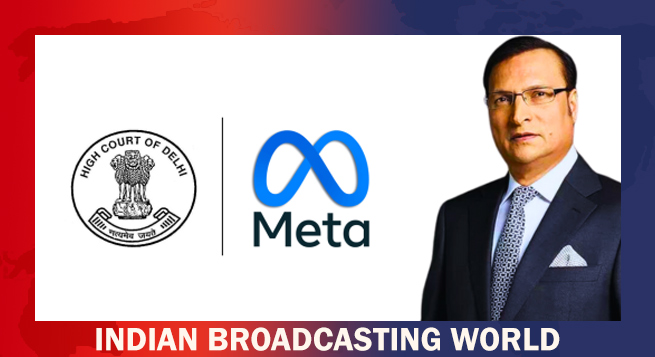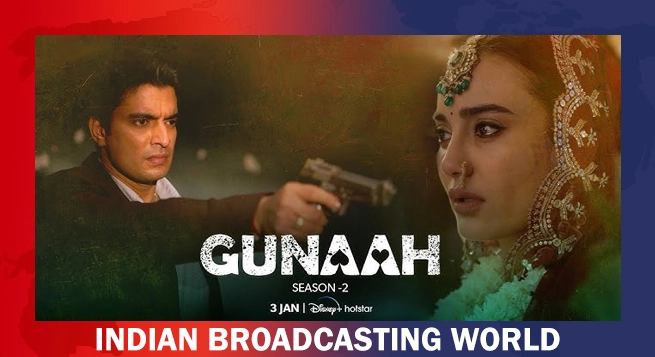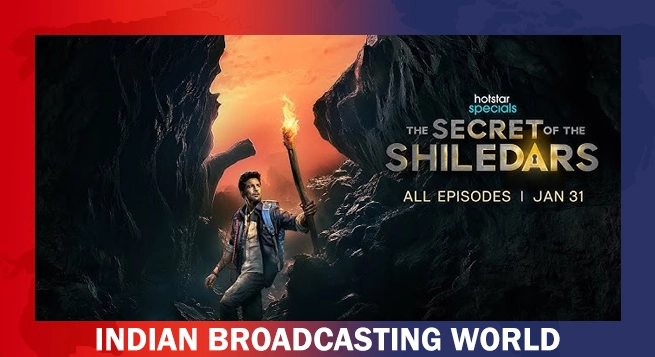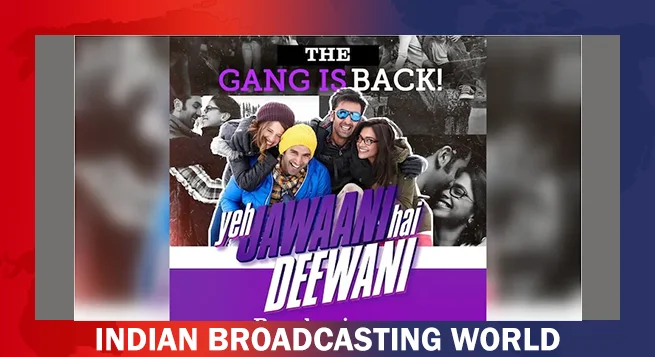By Karan Taurani/Elara Caps
Our view
NTO 2.0, if implemented will have a negative impact on subs revenue over the medium term with little scope for ARPU growth; in terms of subscriber addition too, there are challenges as consumer moves away from TV(lower time spent or reduced Channel subscription) which in turn will have a negative for overall subs revenue for broadcasters. Post implementation of NTO 1.0, almost 8% of the households moved towards only Ala carte, which would have had a negative impact on ARPU; introducing NTO 2.0, May lead to more pure ala carte offtake and an increase in the above number, which in turn has a negative impact on APRU and eventually negatively impact subs revenue growth. We believe there is a very low likelihood of the NTO 2.0 not being implemented, but looking at the rapid pace of reduction in TV household due to chord cutting (6mn pay TV households lost in CY21 on a base of 125mn), if NTO 2.0 is called off, it will be a mild positive for broadcasters. Our subs revenue growth estimates are in the range of 2-3% over next two years factoring negative impact of NTO 2.0 for broadcasters like SUNTV/Z, whose negative impact is lower vs peers due to the discounting norm (33% bouquet discount on sum of ala carte) is largely as per expectations. Hence, In an event of no NTO 2.0, there is a possible best case upgrade of 2-3% on the subs revenue, as subscriber growth and retention challenges persist; we believe ARPU growth may not happen in a big way too whether or not NTO 2.0 is implemented, as consumers opt to spend incremental share of their wallet towards digital. Await further development on the same, which could come in around first week of July
Also, PFA the features and impact analysis of NTO 2.0 in an update we released earlier
Key submissions of IBDF to TRAI
On channel MRP ceiling
– No requirement for putting a cap on channel MRP
– TRAI should move towards forbearance and de-regulation.
– The price ceiling on channel or bouquet prices effectively curtails the fundamental rights guaranteed to content creators
– There is sufficient competition in the market to ensure reasonable pricing for all channels
– Twin conditions ignore the complex economics involved in the pricing of á-la-carte channels as opposed to the pricing of bouquets
– Pricing of a TV channel depends on direct costs incurred towards the production and distribution of a TV channel, the expected revenues, future plans including continuity/contingency plans
– Prices of bouquets are determined by taking into account the supply and demand factors of the ad market and TV broadcasting market for content
Restrictions on forming bouquets
– Pushing a la carte offering will put a burden on the backend systems of distribution platforms as there are more than 800 TV channels in the country
– On average, DPOs offer around 350-500 TV channels for subscription to consumers.
– Consumers prefer bouquets due to convenience and thereafter, if need be, subscribe to a few channels on an á-la-carte basis
– Ceiling on bouquet discounts will accentuate the problem of exclusion a greater number of channels from bouquets
– There is no linkage between a-la-carte and bouquet as a-la-carte is a subscription-led proposition while a bouquet is an advertising-led proposition.
– Nearly 80% of subscribers are still choosing to procure bouquets despite a decrease in the a la carte price of channels during NTO 1
Homogenous pricing
– Channel prices in a bouquet cannot be homogenous as that would forcefully try to equalise the price of each channel
– Homogeneity is antithetical to the very concept of bundling
Homogeneity in a bouquet either with price or genre of the channel will defeat the very objective of bundling
– TRAI itself has found a lack of homogeneity by concluding that it is impossible to find a uniform cost structure for this industry
– TRAI’s assumption that a consumer’s choice between á-la-carte channel and bouquet is merely determined on the basis of price is an oversimplification of consumer preferences
Bouquet discount
– Failure to extend discount offerings on bouquets will allow DPOs to push costlier a la carte offerings to customers
For example – A DPO may cause a consumer to subscribe to 8 TV channels on an á-la-carte basis at INR 5/- for each TV channel (a-la-carte rate of 8 channels @ INR 5 each = INR 40), even though, the consumer may have wanted 10 TV channels, all of which are otherwise, available in a bouquet priced at say, INR 40/.
– There should not be any cap on the discount that broadcasters can offer to DPOs on the MRP of a-la-carte and bouquets
Discounts are important market tools to incentivise a DPO’s performance
Consumers are the ultimate beneficiaries of discounts
– TRAI should also allow discounts on bouquets since the same is evidently more preferable to consumers
 TRAI revamps website to connect with wider audience
TRAI revamps website to connect with wider audience  Prime Video to limit in India number of TV sets having access per subscription
Prime Video to limit in India number of TV sets having access per subscription  Delhi HC orders meta to remove deepfake videos of Rajat Sharma
Delhi HC orders meta to remove deepfake videos of Rajat Sharma  Disney+ Hotstar unveils ‘Gunaah’ S2 teaser
Disney+ Hotstar unveils ‘Gunaah’ S2 teaser  ‘The Secret of The Shiledars’ to premiere on Disney+ Hotstar Jan 31
‘The Secret of The Shiledars’ to premiere on Disney+ Hotstar Jan 31  ‘All We Imagine As Light’ to stream from Disney+ Hotstar on Jan 3
‘All We Imagine As Light’ to stream from Disney+ Hotstar on Jan 3  ‘Yeh Jawaani Hai Deewani’ returns to theatres Jan 3
‘Yeh Jawaani Hai Deewani’ returns to theatres Jan 3  Netflix NFL X-Mas gameday reached 65 mn US viewers
Netflix NFL X-Mas gameday reached 65 mn US viewers 








